Skills in focus:
A period is the small, single dot that we put at the end of the last word in a sentence to indicate the end of that sentence.
A question mark is the ? that we put at the end of the last word in a sentence to indicate both the end of that sentence and that the sentence is a question.
An exclamation mark is the ! that we put at the end of the last word in a sentence to indicate the end of that sentence and to give the sentence more emotion. Try not to use this mark too often in formal writing.
Spacing
There is no space before the ending punctuation mark.
Put one space* after your ending punctuation and before the start of the first word of the next sentence.
Ending punctuation & parentheses
When you have a full, standalone sentence in parentheses, the ending punctuation goes before the final parentheses.
If the parenthesis is within a sentence, the ending punctuation goes outside the parenthesis.
Ending punctuation & quotation marks
A period goes inside the closing quotation mark.
Exclamation points and question marks go inside the ending quotation mark if the mark belongs to the quoted material.
Exclamation points and question marks go outside the ending quotation mark if the mark is not part of the quotation.
Multiple ending punctuation marks
Use one exclamation point only in formal writing.
The only two ending punctuation marks we use together are the question mark and exclamation mark. When we do this, the question mark goes before the exclamation mark (?!).
Emojis
We recommend putting the period or question mark directly after the emoji, with no space 🤓. This is for situations with multiple sentences.
Put the emoji after the ending punctuation if it is at the end of a text. 🤓
* Some teachers prefer two spaces–a legacy of the original design of typewriters (specifically, font availability and width).

